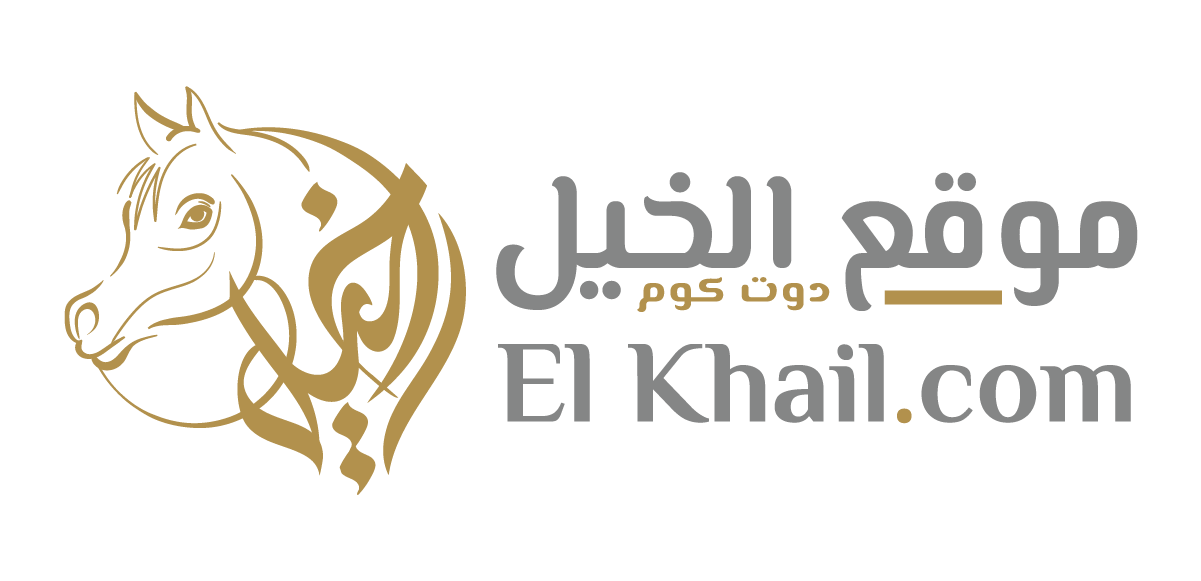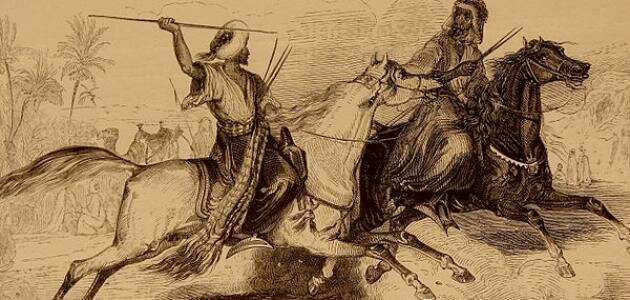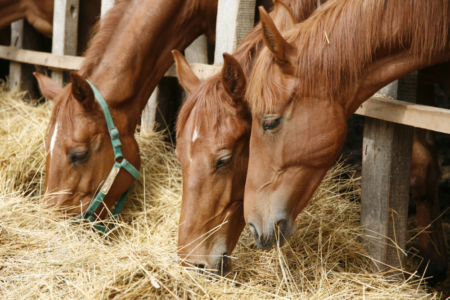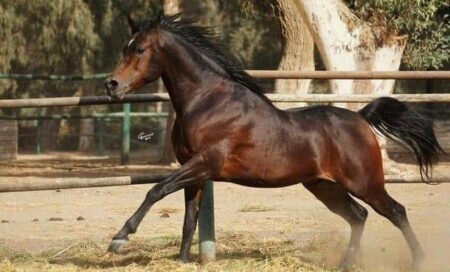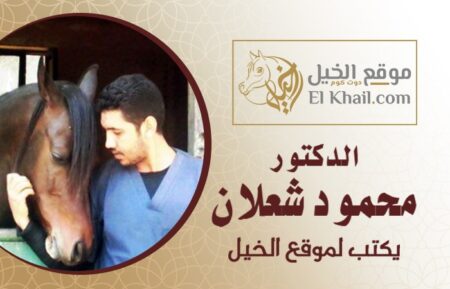During the Mamluk era, many administrative functions related to horse breeding arose, as follows:
1 – Amir Akhur: This function has been known since the time of the Fatimid state. The word “Achur” means the horse’s manger (the trowel in which food is placed). This function continued during the era of the Ayyubid state, and the Mamluks took it from them. Prince Khor resides in the royal stable. Among his duties is also traveling with the king in times of peace and war, preparing the Sultan’s procession, valuing the horses bought or sold, and making sure that food and water are provided to the horses, as well as saddles and several horses.
He is the Qaim and spokesman for the Sultan and responsible for his horses, camels and other things that are included in the rule of stables, and it is a compound of two words, one of which is Arabic (amir) and the second is Persian (Akhor) meaning (the forager), so he is the prince of the manger.

And the importance of Prince Akhur reached that he was authorized to accompany the Sultan’s wives on the pilgrimage trip; Because of his high standing with the Sultan.
One of the accessories was the royal stable mosque. As for the drinking water for the stables, it is from the fresh water transported to it from the Nile on camels and mules, with what is carried to the Sultan’s palaces and the role of the senior princes adjacent to the Sultan, from the Nile water in the sewers with waterwheels, stretchers and wheels operated by cows, as well as the stream of eyes extending from the Nile to the castle. To manage these matters, and take charge of them (Prince Akhur).
2 – Al-Ra’id: He is the one who tames the animals, and he was in each of the stables of the Fatimid Caliph and then the Mamluk Sultan Ra’id as the Emir of Akhur.
3 – Al-Siyas: The politician serves the horses, purifies the blackberries, and provides water.
4 – The ranks: a rank that the politicians reach after they are fully aware of horse diseases and their medicines, as well as thoroughbred and feeble horses.
5 – Veterinarians: They are those who treat horses and perform the necessary operations.
6 – Al-Kamdari: They are those in charge of collecting and tying them from their necks.
7- Dacharya : They are the ones who take care of sick horses in the desert.
8 – Boys: They lead the horse service.
9- Bartenders: Those who supervise the drinking of the horses.
10 – Horses: They collect horses. (plural Khail, which is the shepherd).
11- Drivers: They are the ones who drive postal horses, as well as lead the Sultan’s horses in processions.
12 – Al-Ougagi: a group of up to 800 members, whose job is to ride horses for running and sports, 16 of whom are horsemen belonging to the Sultan himself. Their uniform was a yellow cape of embroidered and brocade silk.
13- Amir al-Rikab betrayed him: He is responsible for the passengers betrayed him, as he preserves the number of horses from saddles, bridles and bridles. And she has an employee who is expressed as Muhtar the passengers betrayed him. Sometimes the passengers betrayed him under the seat in the princes’ palaces near the stable.
14– Rekabdari: They are the ones who carry the Ghashiya in the hands of the Sultan in processions.
15 – Sanjakdari: meaning the flag bearers behind the sultan.
16- Mahzowariya and Qaglamieh: Mamluk boys and Ghulam captains.
Types of horses and royal saddles in the era of the Mamluks
Due to the variety of uses of horses in the Mamluk era, their types and names varied with them, and each type had distinctive specifications, which characterized that era, and each type had its sponsors, and the types of horses are:
Sultan’s horses: They are called horses of repentance. They are saddled day and night, ready when they are called.
Exploration horses: They carry out reconnaissance operations.
– Horses ambush: Neither neighing nor huffing her, and do not get bored, good manners.
Postal horses: These are postal horses.
Uses of horses in the mail
The post had a special stable on which the Emir of Khor Al-Barid was appointed, and his job was to supervise and talk about the postal horses and organize those who take charge of their service and their running, as well as supervising the entire stable, and roads were established for post horses between Egypt and Damascus, apparently extending to the Taurus Mountains after the Crusaders left the Levant In addition to the existence of internal roads in both Egypt and the Levant.
In order to build roads, the land was paved, and bridges were built over rivers. For postal horses to cross, the construction of these roads also facilitated the movement of armies. And along it were found stations and centers for resting horses. And there are new horses and there are those who serve them, and what the travelers need of food, fodder, and so on. As a result of this organization, the news reached from the Citadel of the Mountain in Cairo to Damascus in four days, meaning that the news of the Levant reached Egypt twice a week.
Prince Khor also assists the headmaster of the postal centers, and his job is responsible for signatures in the event of the absence of the Prince of Khor from the mail . It is a round panel engraved on one side with religious expressions, and on the other side the name of the Sultan or the Viceroy of the Kingdom. Al-Baridi used to put it in a yellow silk tassel around his neck, for the yellow color was the color of the Sultan’s flags, while the black color was the caliph’s emblem. The Postal Service also used to receive the horses he needed from the Postal Horse Stable.
Bowl saddles in stirrup box
They were saddles inlaid with gold and silver, and their fabrics were of ornate silk or leather, and they differed according to the color of the horse and the occasion.
It should be placed on the neck of the horse of the necklaces, whether there were beads, or if there was something from the horns of a deer or the tail of the beast.
Some put on their necks colored threads, or necklaces of camel’s hair, or braided threads containing blue beads… Some were keen, especially in times of war, to inscribe the two words “Lord, Creator” on a silver reed, and hung on the neck of the horse; Believing that God, may He be exalted in His power, commands the horse and protects it from evil, the evil eye, and envy.
The riders of a house: They are the ones who carry the Ghashiyah in the processions of the Sultan.
Sanjakdari: that is to say, the flag- bearers behind the sultan.
